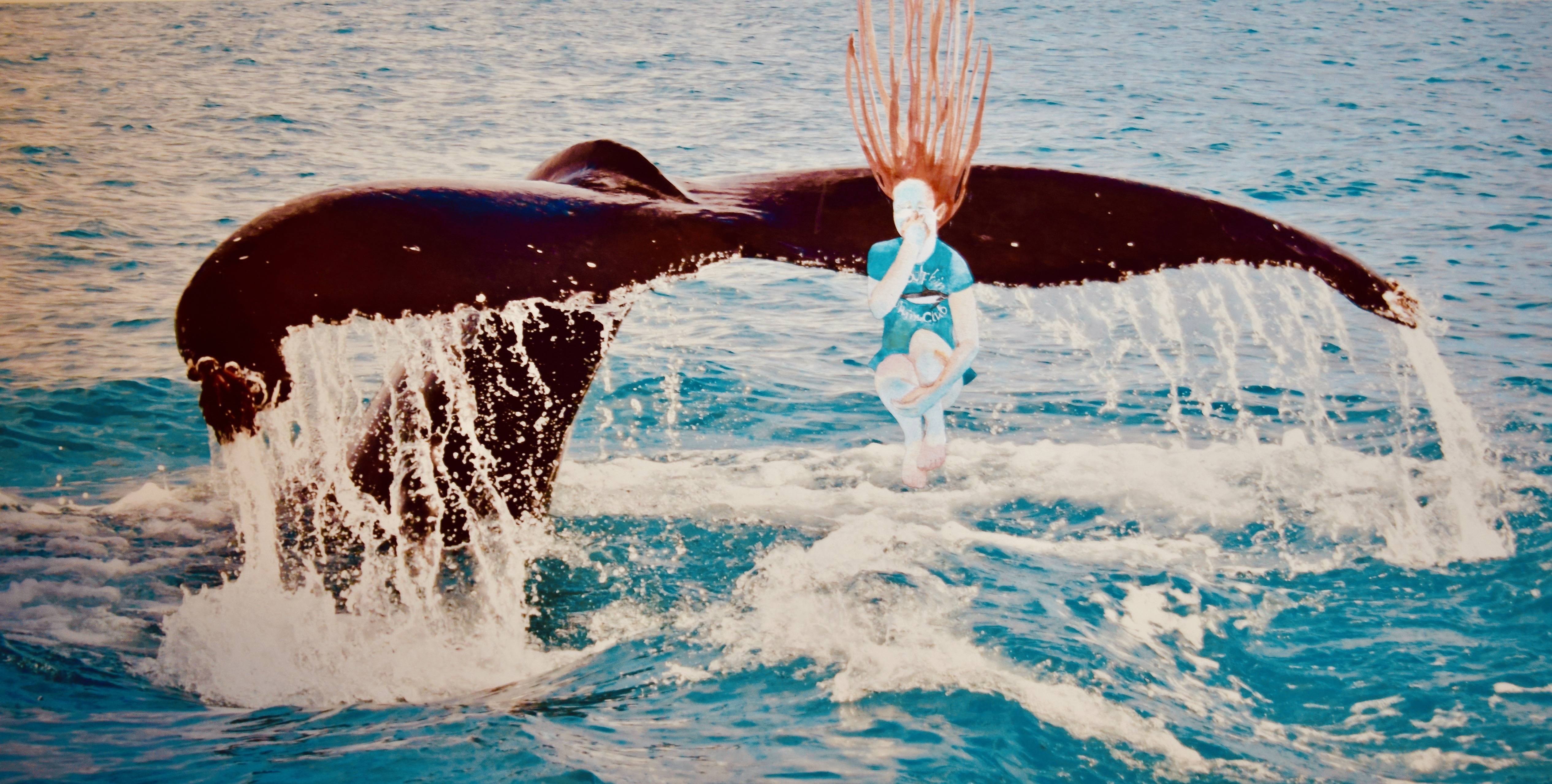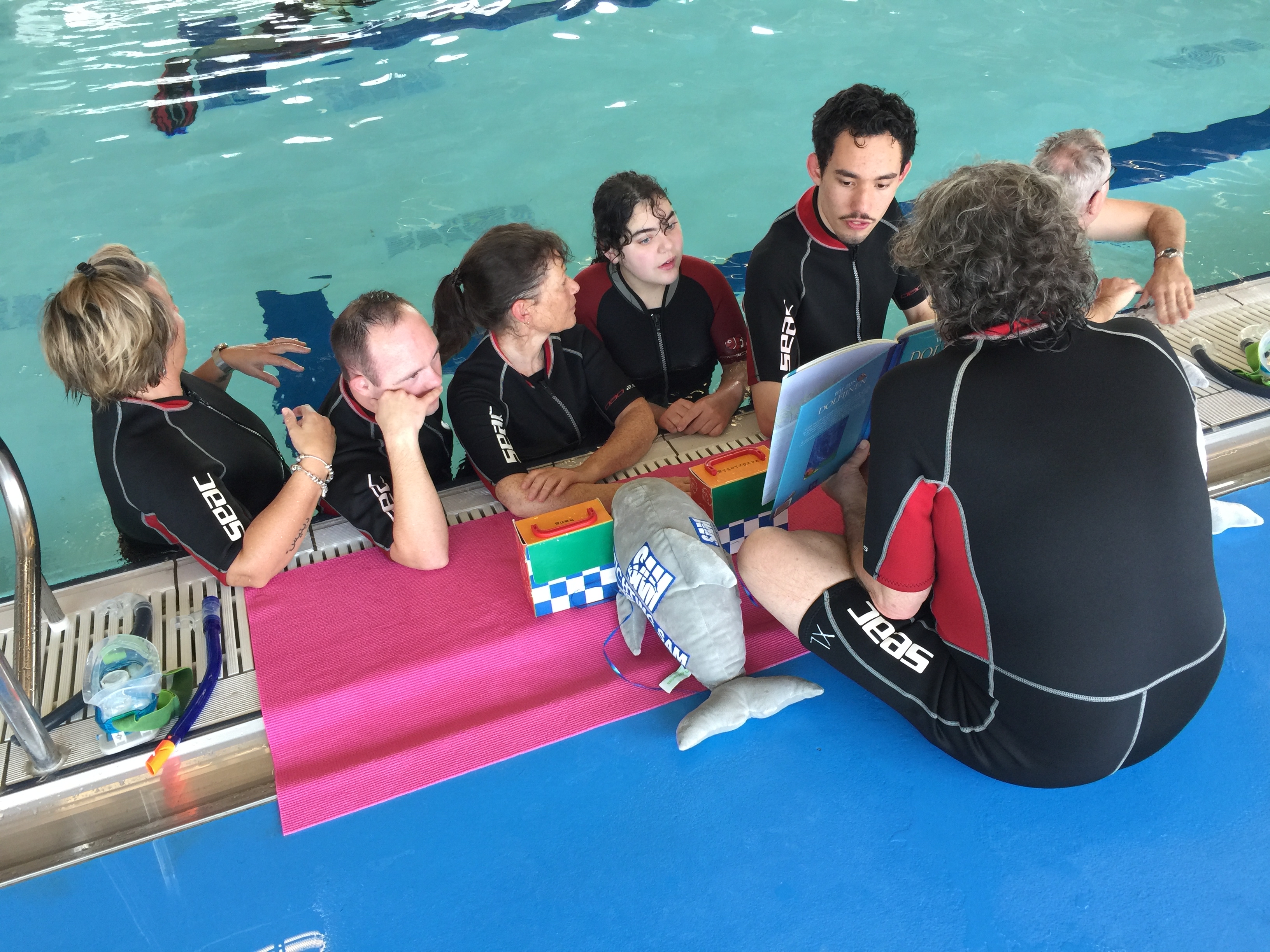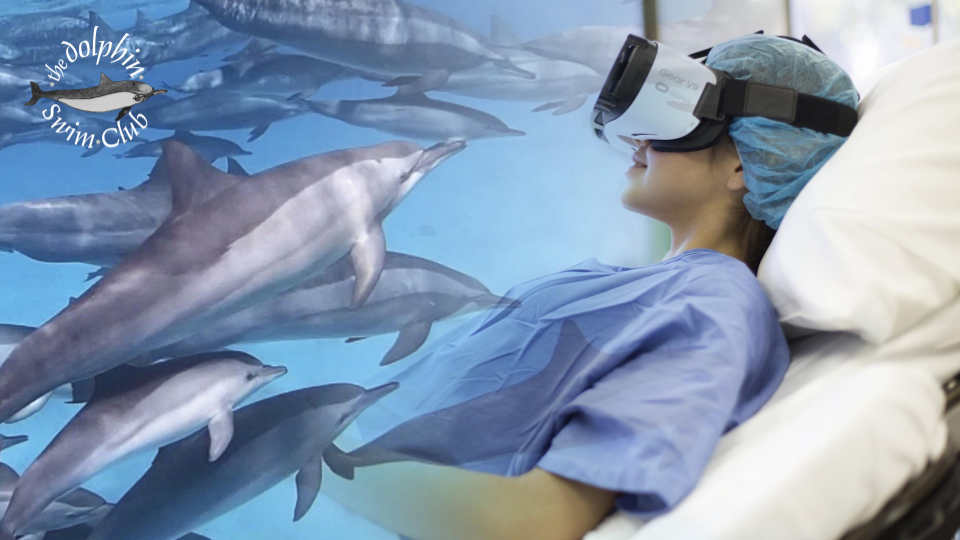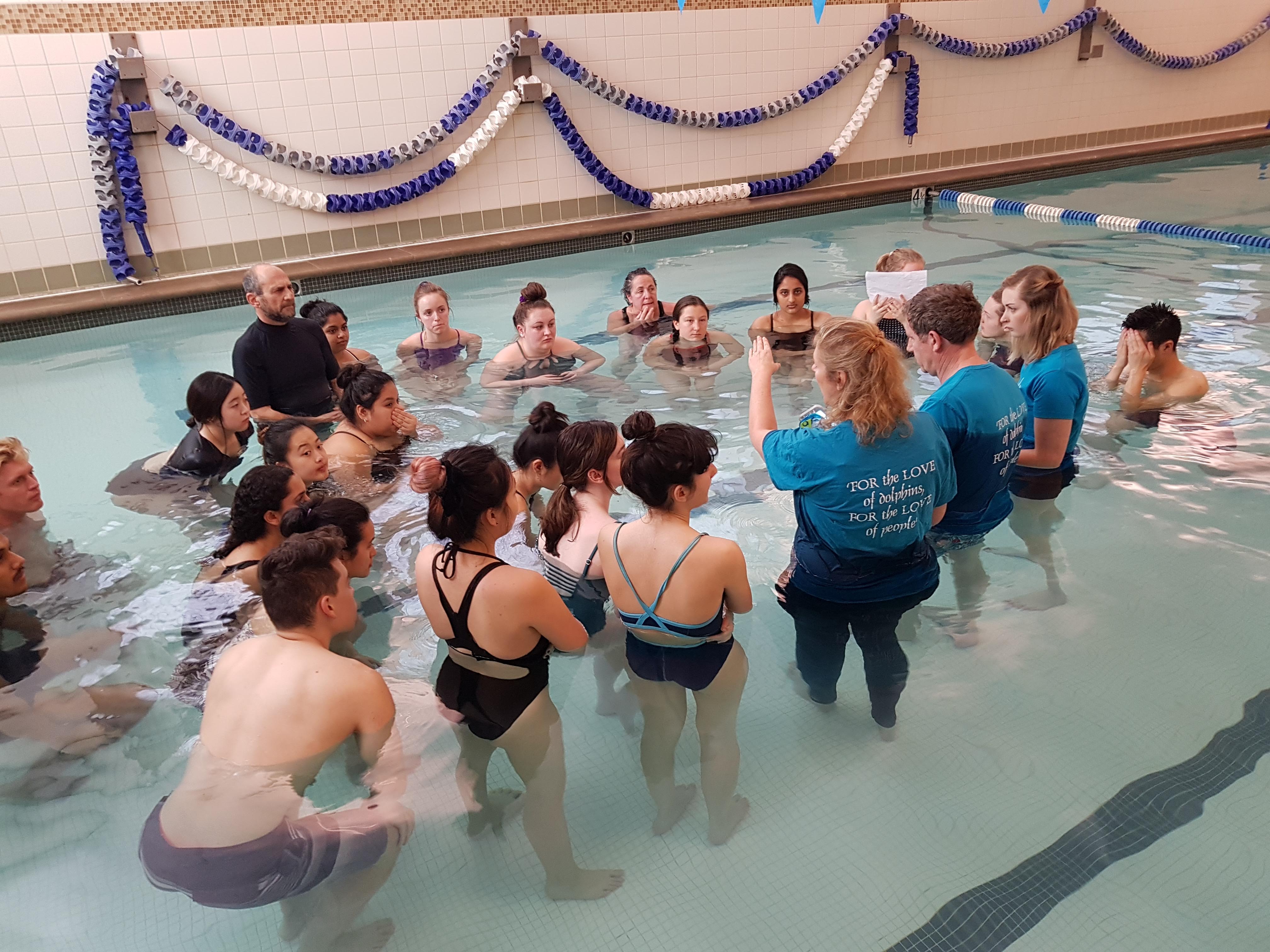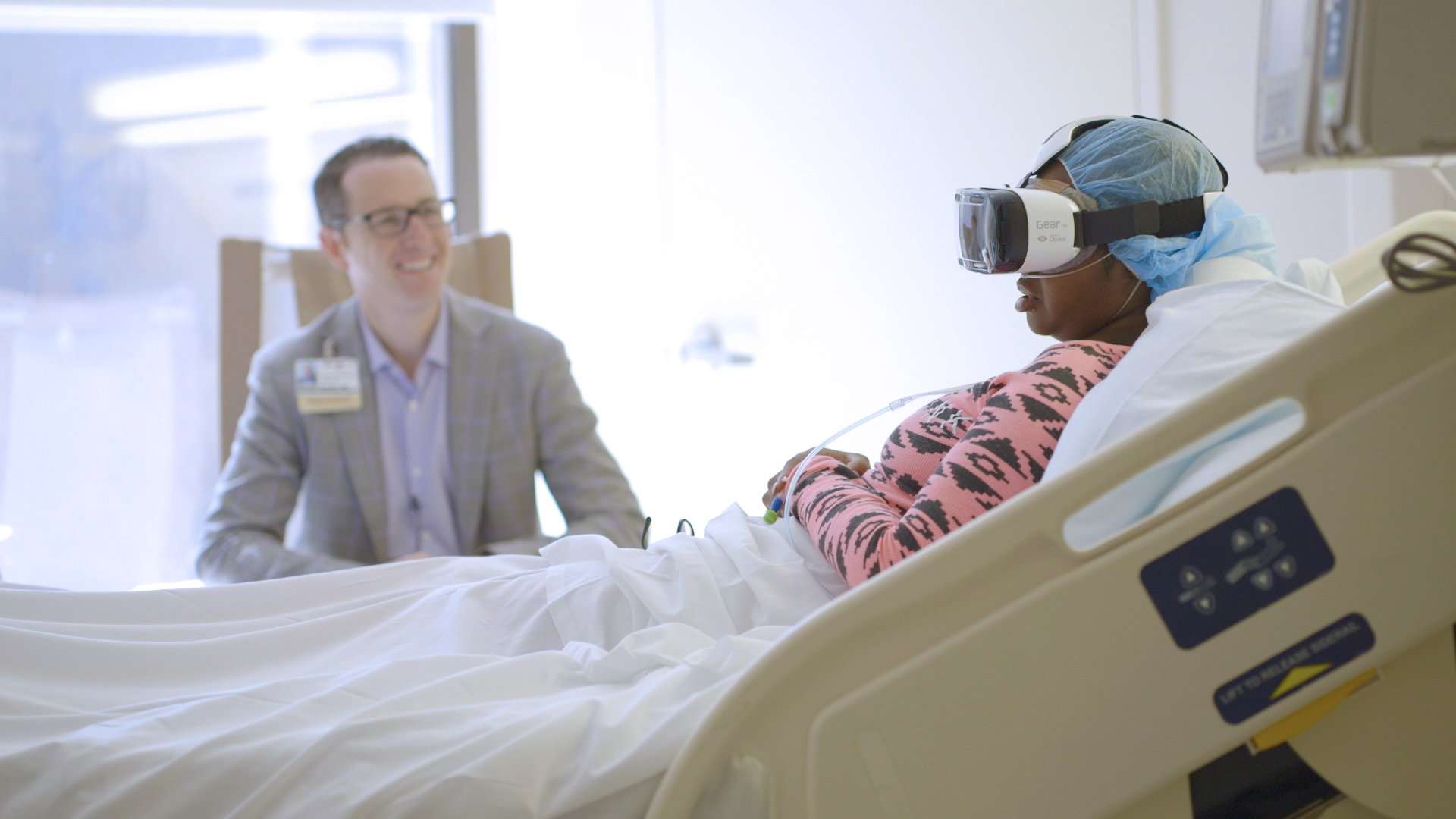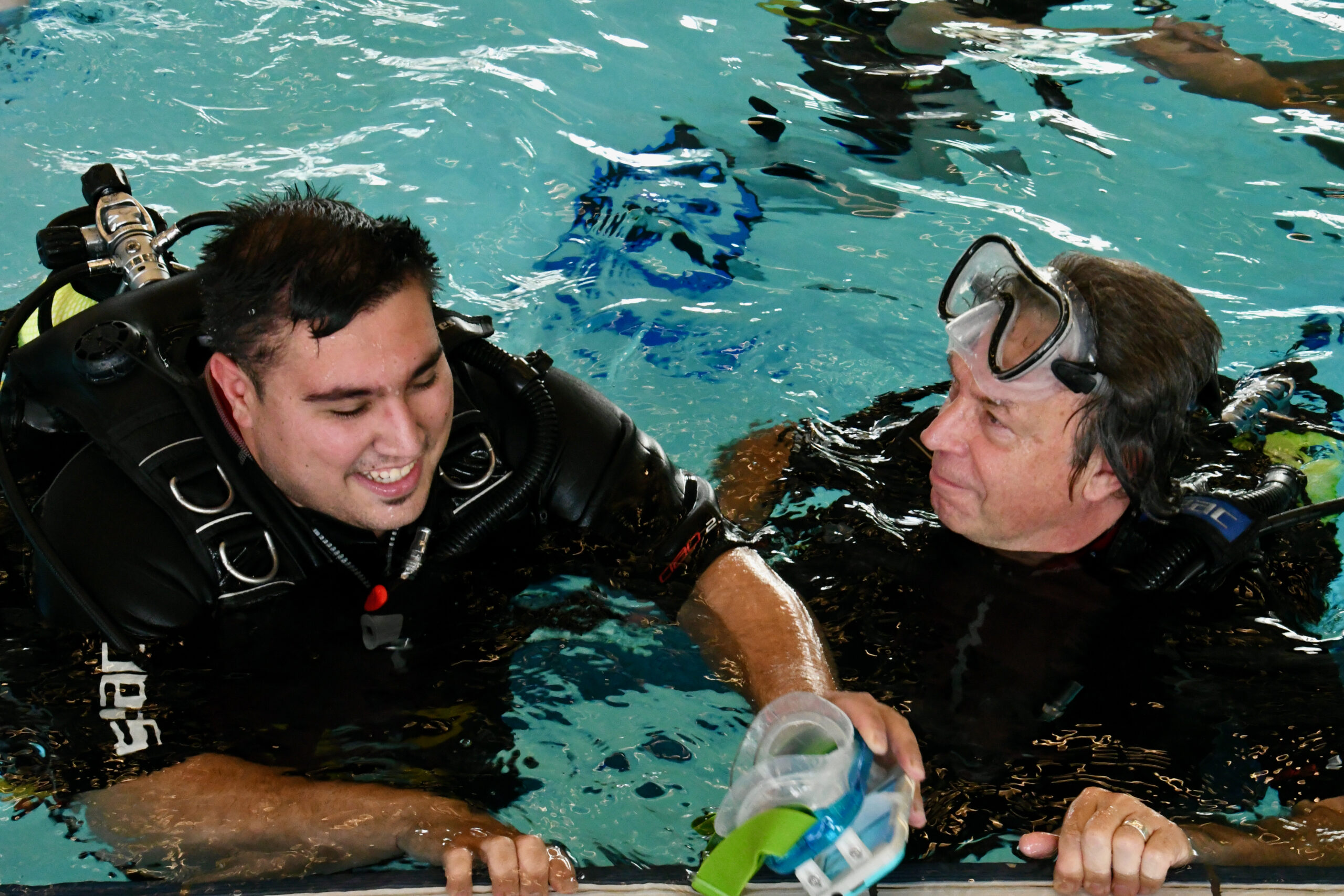
We set out as an art project in 2015, with the dream to make it possible for viewers anywhere in the world to experience the beautiful underwater world of wild dolphins. And what it feels like to be part of a pod of wild dolphins, to swim amongst them. Experiences of great beauty can reconnect us with the natural world, and reconnect us with our own nature. The feeling of peace and tranquillity can be very beneficial to our bodies and minds, as science has now proven to be the case with the original experiences of the Dolphin Swim Club.
For the love of people, For the love of dolphins
The participation of animals in programs for therapy, coaching and education is growing. Many people benefit from interaction with animals. However, this raises concern about the beneficial effect on the animals themselves. In the case of dolphins, we know that life in captivity is full of suffering. It is not possible to provide a suitable environment for cetaceans in a limited space in which they can thrive (Naomi A. Rose, The case against marine animals in captivity, 2009).
We are so delighted to be able to provide an alternative with virtual wild dolphins, and our Underwater VR goggles. Stichting SAM has taken up the challenge. This Dutch foundation was founded by Richard Griffioen and his partner Angéla Kramers. They were inspired by the progressive development results of their son Sam, who is born with down syndrome, after meeting a dolphin in a therapeutic setting. Together with a large team of volunteers, they have since helped thousands of children and their parents.
Stichting SAM
Stichting SAM has more than 20 years of expertise in providing Animal Assisted interventions and used to work with dolphins in captivity in the Netherlands and in the Dutch Antilles.
Growing public concern about the welfare of these cetaceans has made the foundation embrace the new possibilities of VR technology. And they have done a fantastic job at providing a therapeutic program based in Amsterdam at the Friendship Sports Centre in Amsterdam. A collaboration between Stichting SAM, Friendship Sports Centre, Only Friends and the Dolphin Swim Club started in 2017.
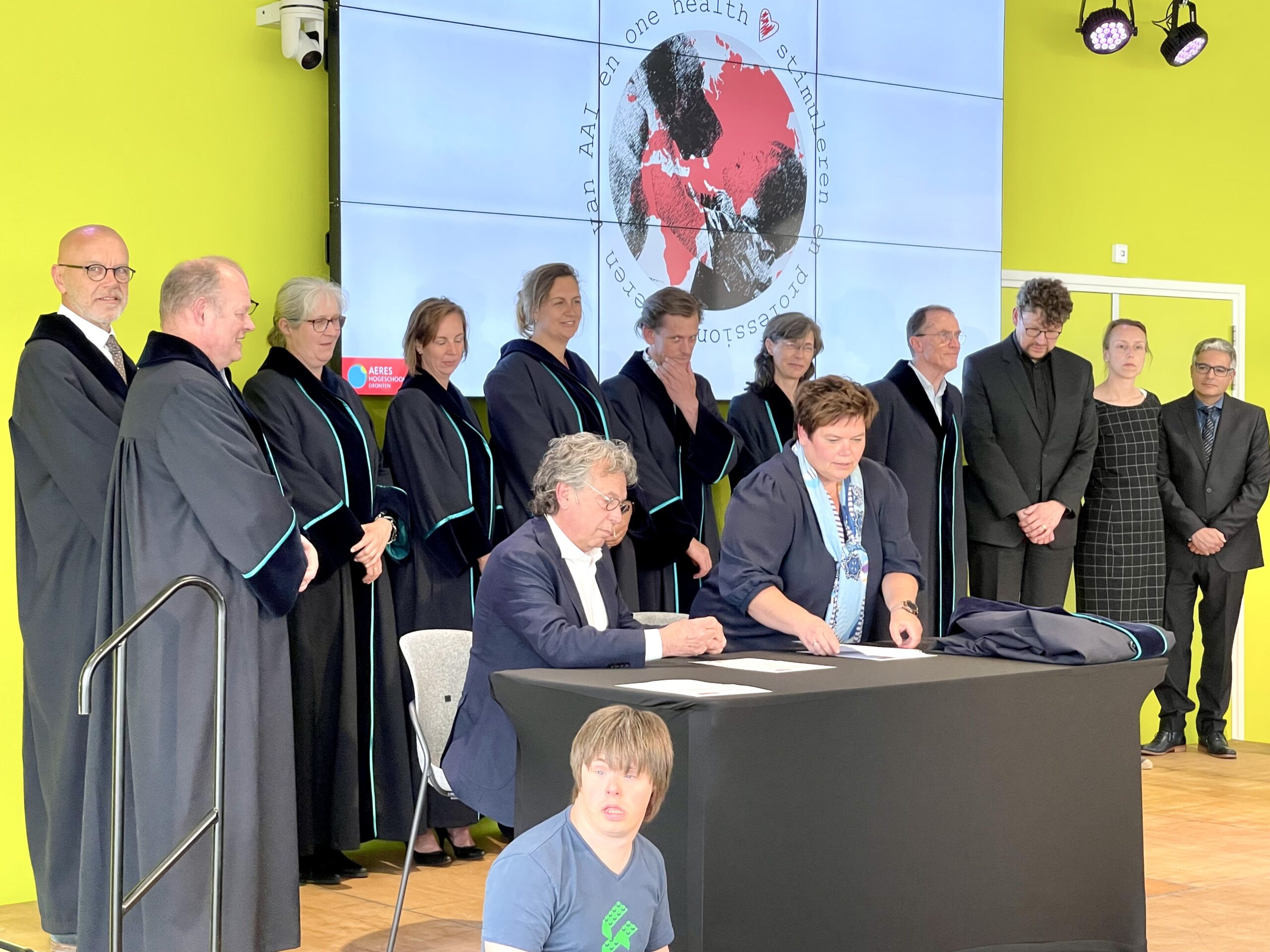
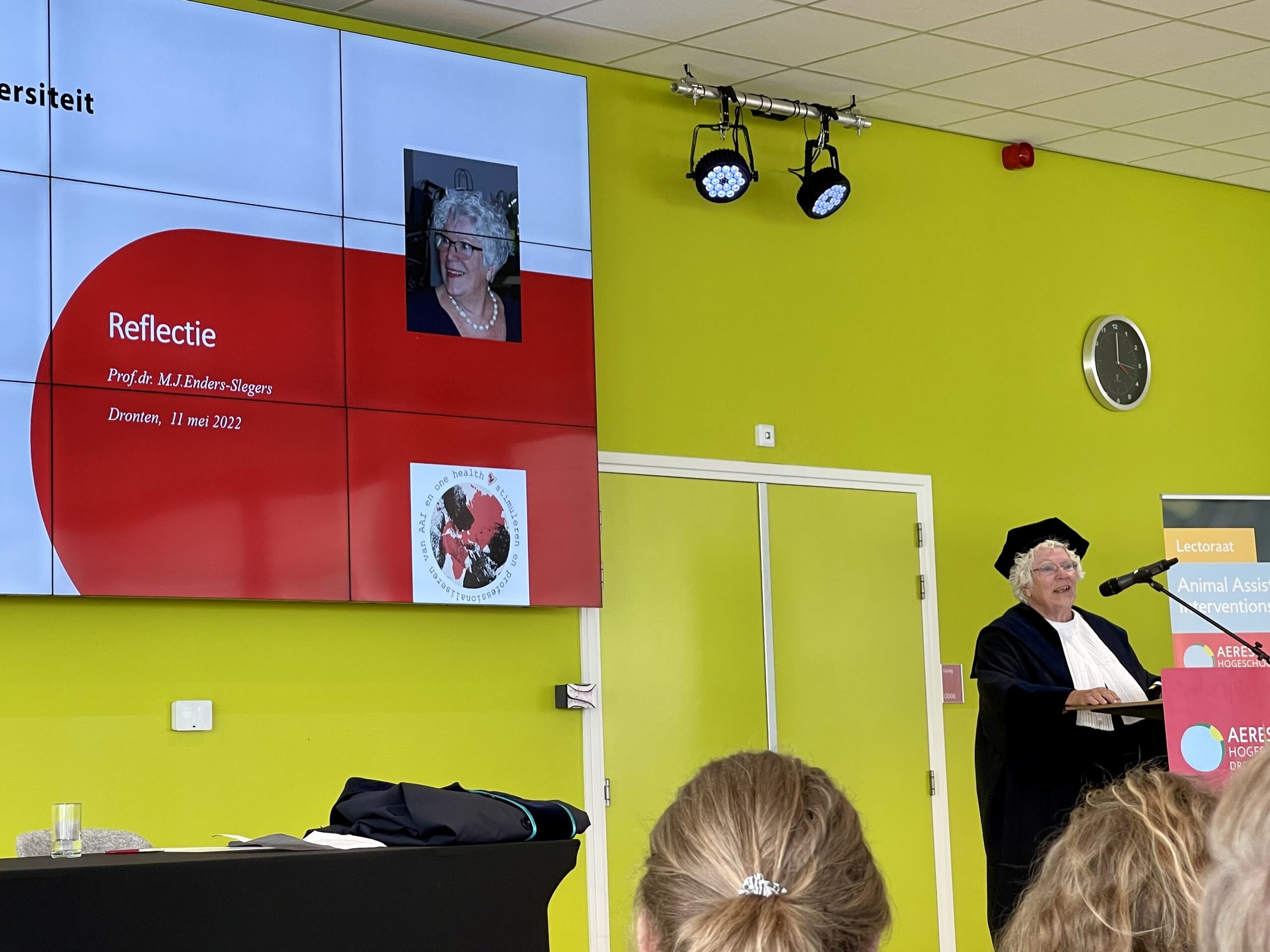
Lectorship in Animal Assisted Interventions
In May 2022, Dr Richard Griffioen is inaugurated as Lector in Animal Assisted Interventions at the Aeres Hogeschool in Dronten, the Netherlands.
The Lector-ship in Animal Assisted Interventions will direct itself on the One Health program, connecting the wellbeing of animals and humans alike. With his research, Dr Griffioen aims to gain more insight into the effects of the use of Virtual Reality and robotics in the field of Animal Assisted Interventions and to further professionalize the sector. Further research partners are Aeres Hogeschool, AAIZOO (Animal Assisted Interventions in Care, Research and Education) the Open University and Stichting SAM.
We love to share two testimonials about the program in the pool that Dr Griffioen shared with the audience in his inauguration speech :
“We put Underwater Virtual Reality goggles on a girl who hadn’t laughed or smiled in 1.5 years. She swam with the dolphins for some 20 minutes. When she surfaced, she had a huge smile on her face, moving both her mother and sister to tears.
Three months after this event, the doctors reduced her medication to a lower dose, underlining the success of this story. We have gifted the girl a Virtual Reality headset so that she can swim with the dolphins every day for 15 minutes. This continues to give her a tremendous sense of relaxation.”
“One of our clients is a boy with autism. He was always super tense, he just couldn’t relax. But after only 10 minutes with the Underwater Virtual Reality goggles, he surfaced, as high as a kite, and totally relaxed.”
Join the magic
If you are based in the Netherlands and would like to enrol your child or loved one in the program? Reach out to Stichting SAM for further information and requirements, by sending them an e-mail via info@stichtingsam.nl
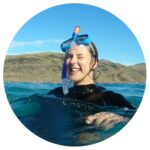
May the spirit of the dolphins be with you, wherever you are, and whatever human form you have.
Marijke Sjollema.

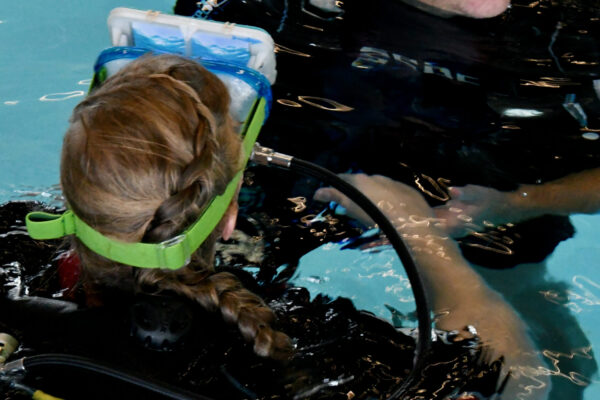
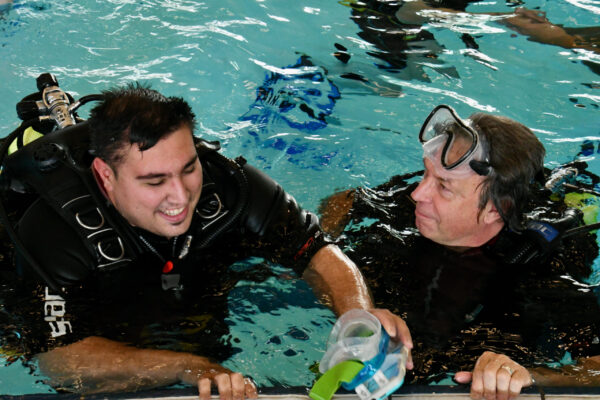
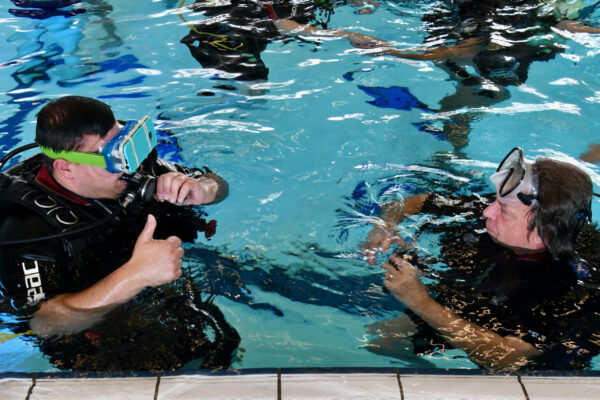
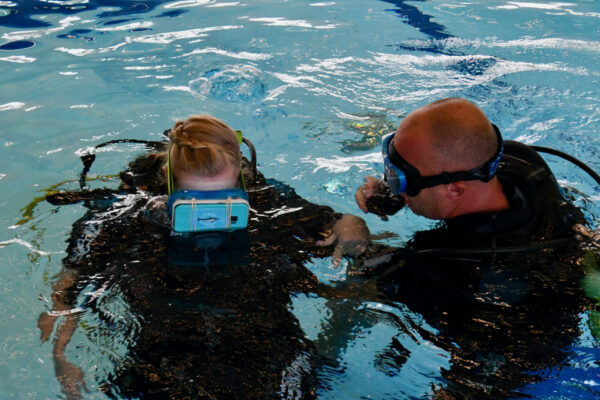
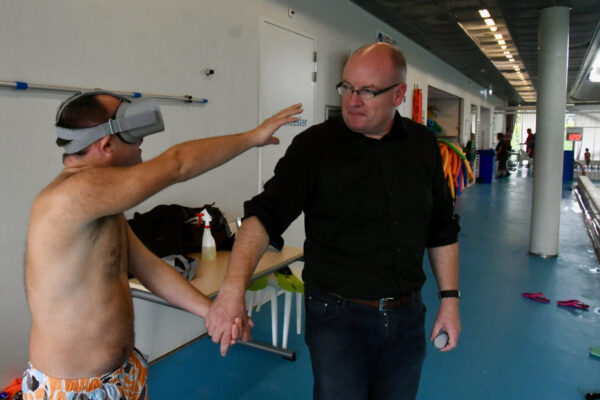
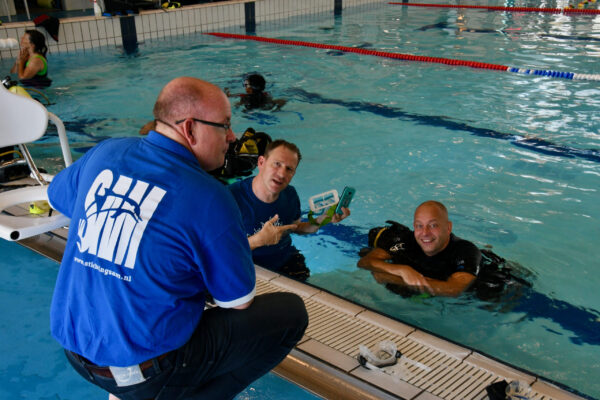
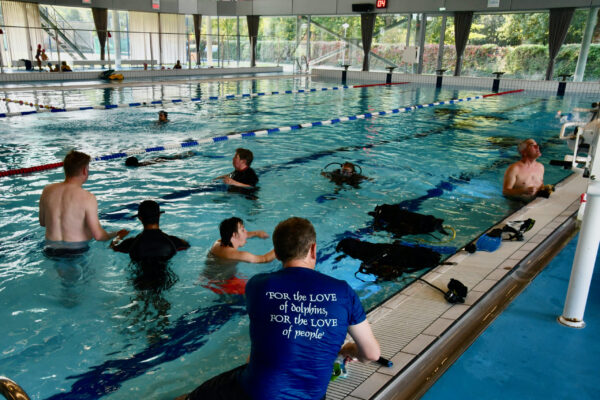
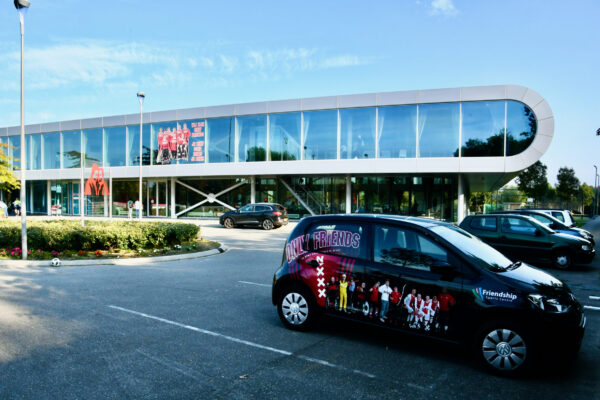
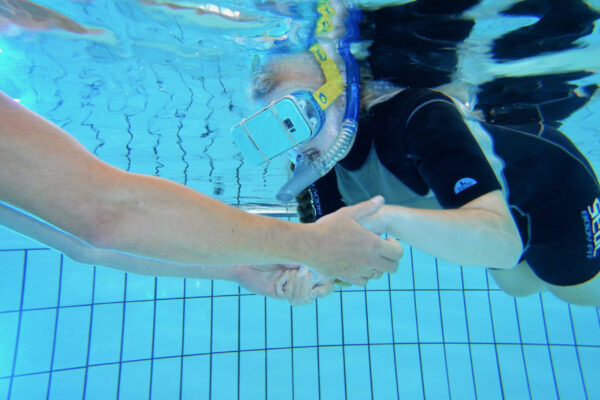
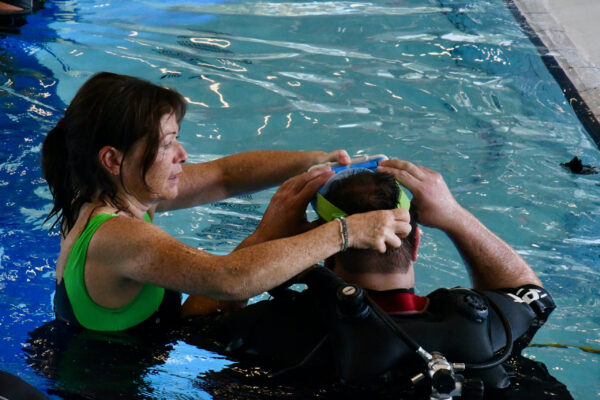
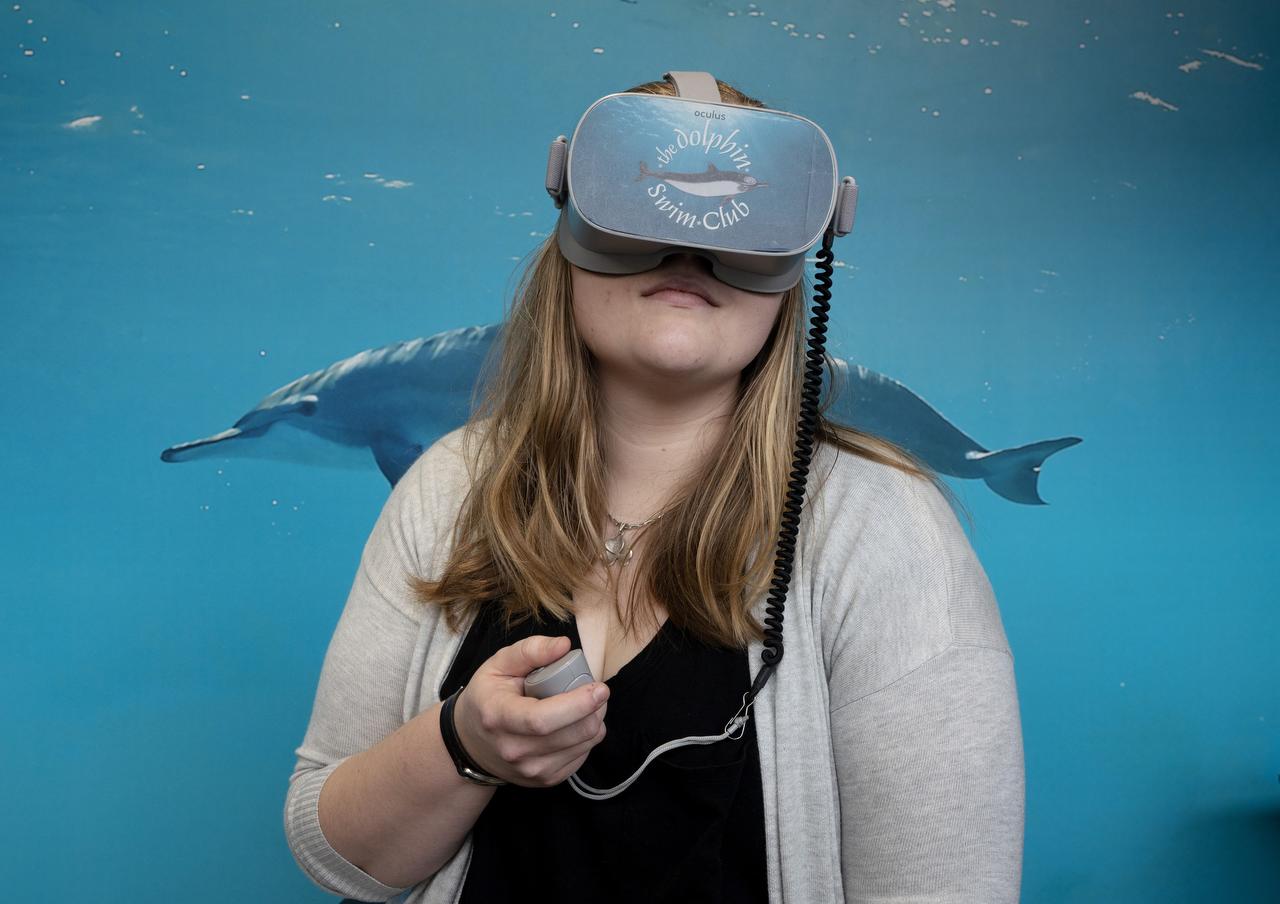
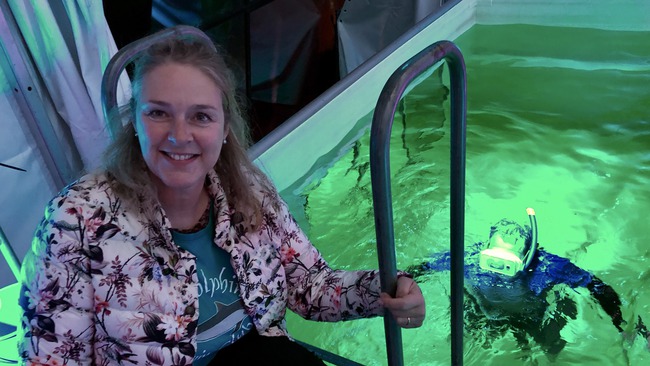
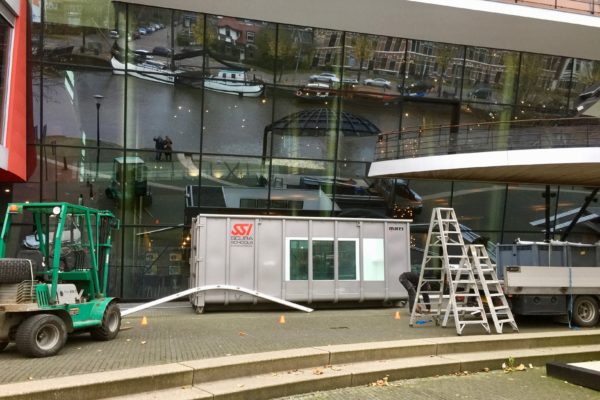

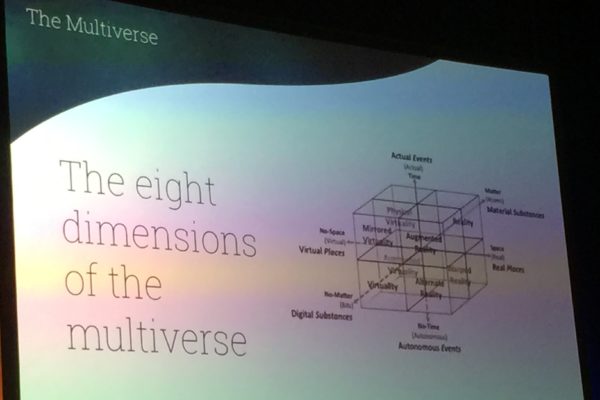
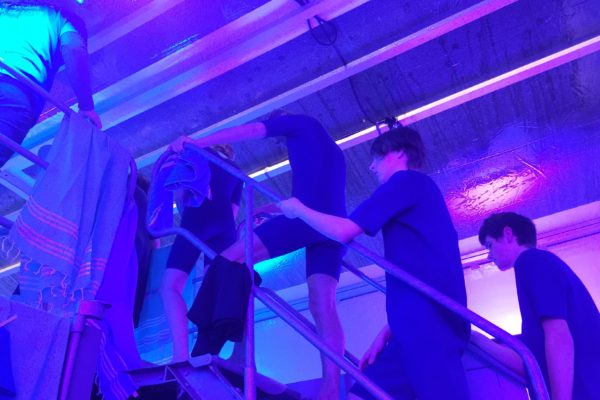
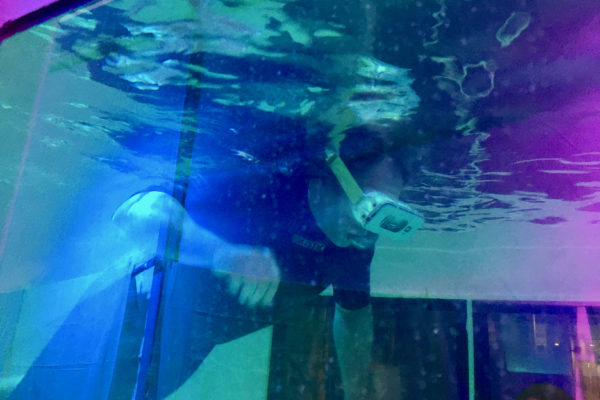
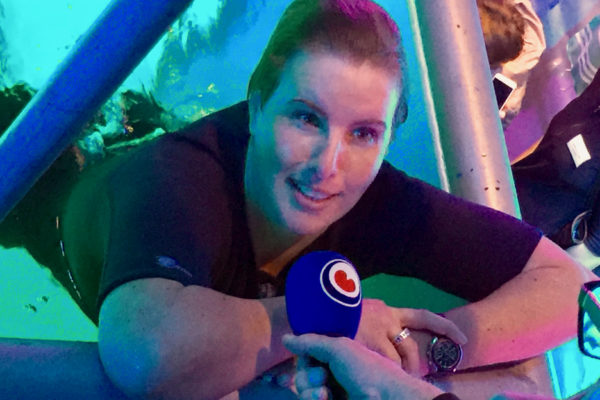
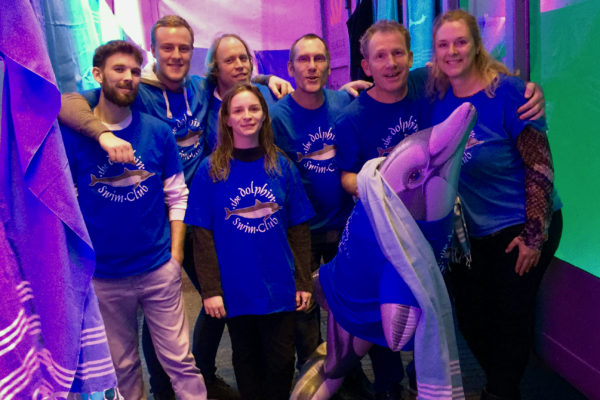
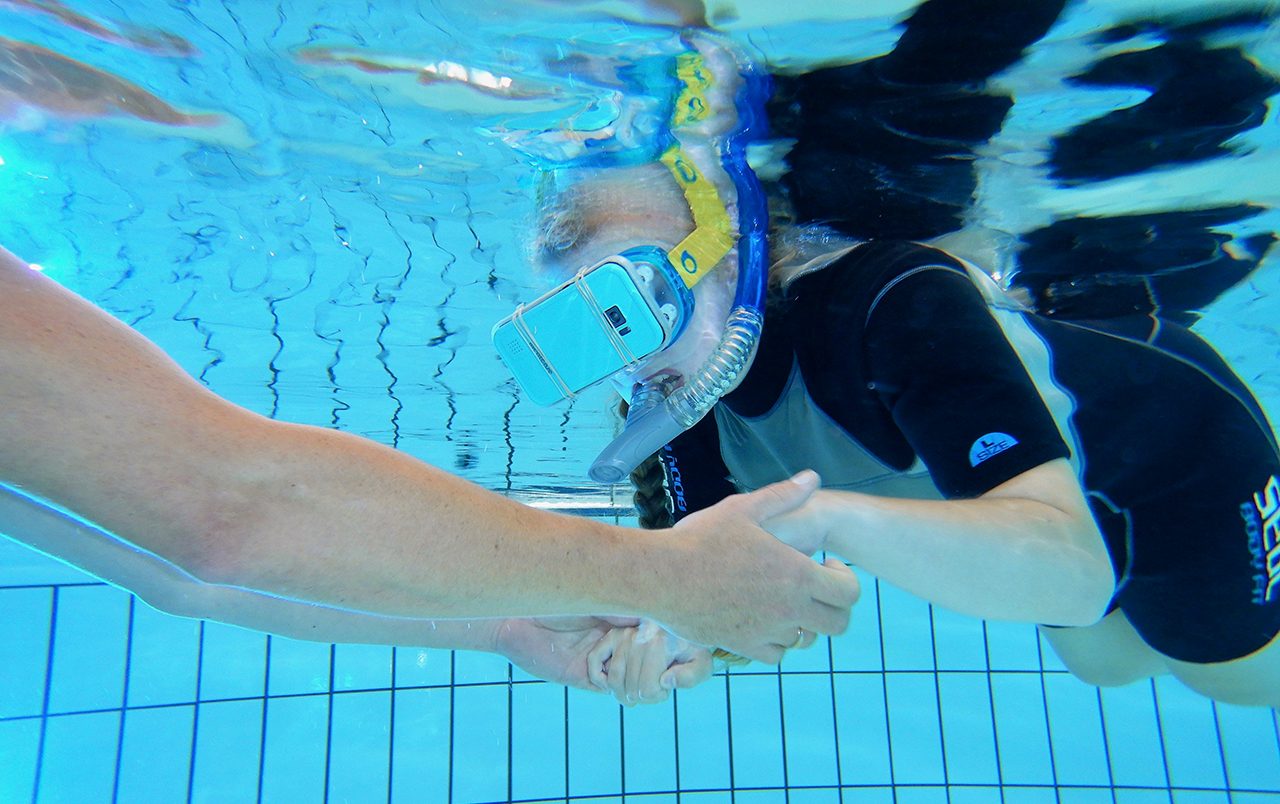
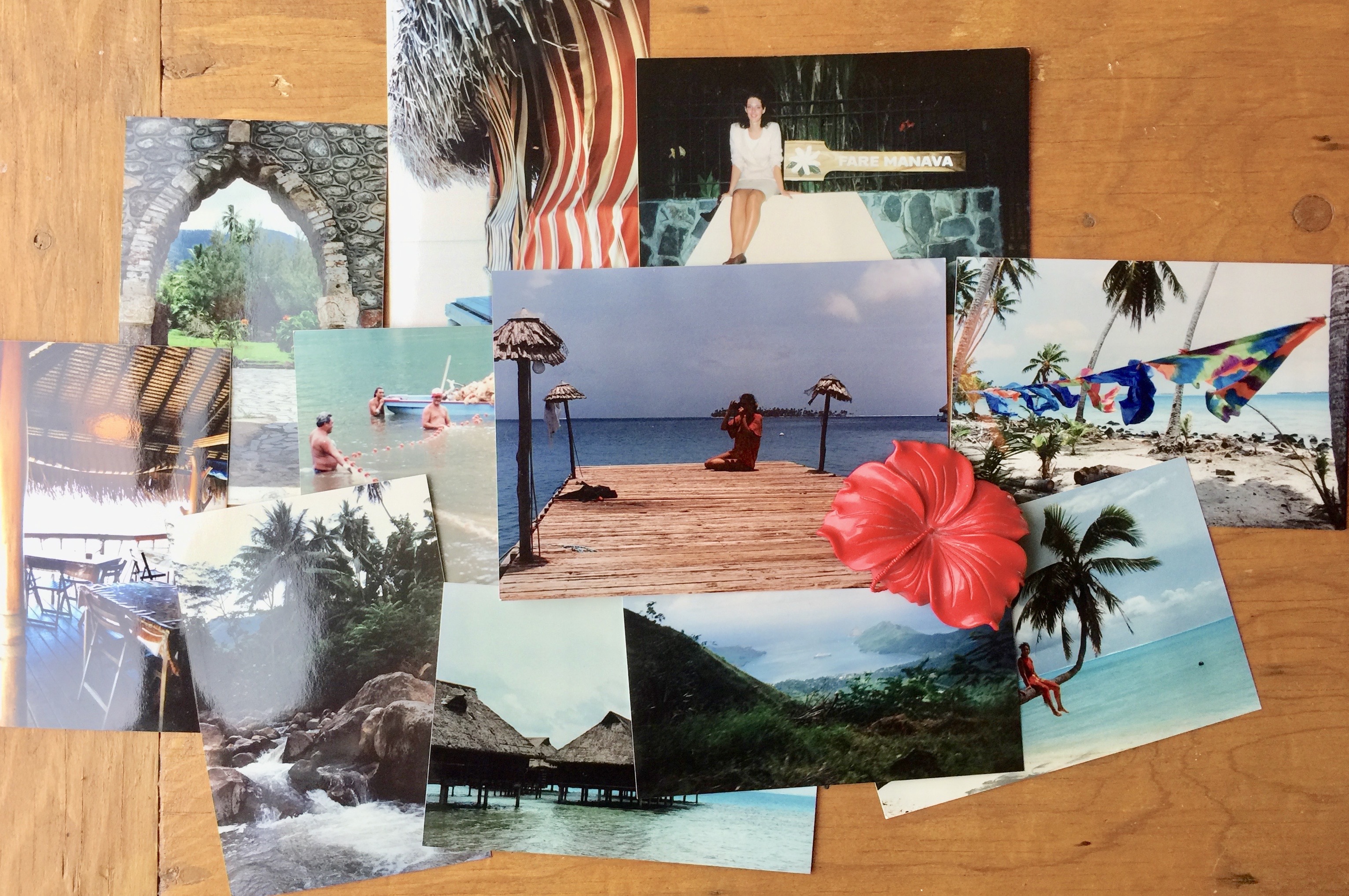
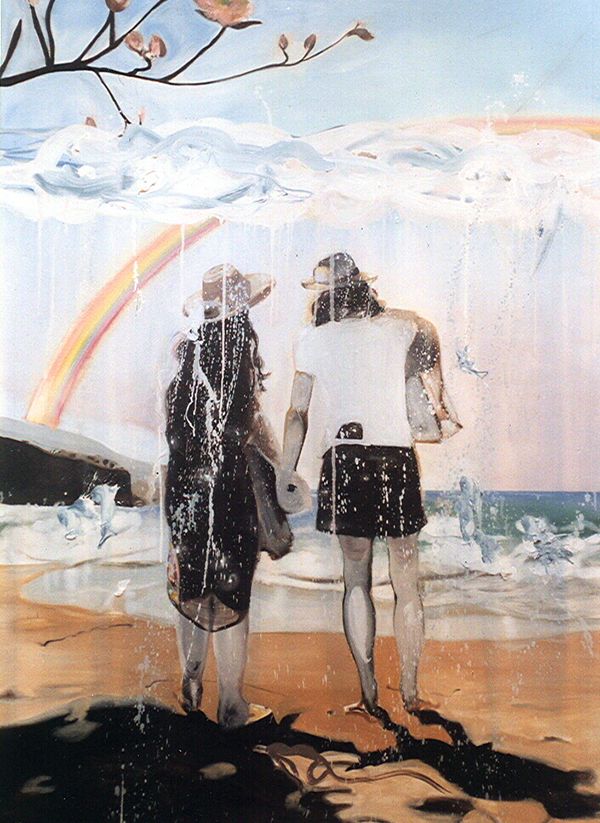
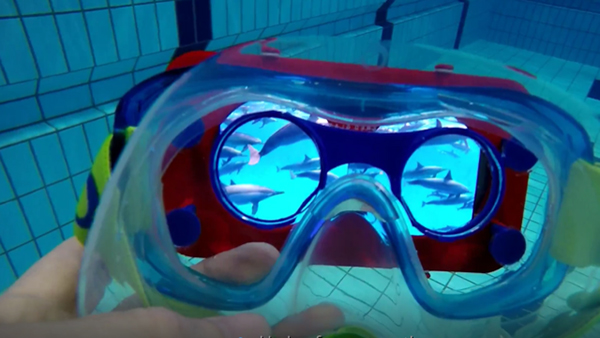 We are so much looking forward to meet the people behind the Underwater Society, and doing a community project with them with the waterproof VR goggles! As well as meet up with the local dolphins and other sea creatures of course.
We are so much looking forward to meet the people behind the Underwater Society, and doing a community project with them with the waterproof VR goggles! As well as meet up with the local dolphins and other sea creatures of course.